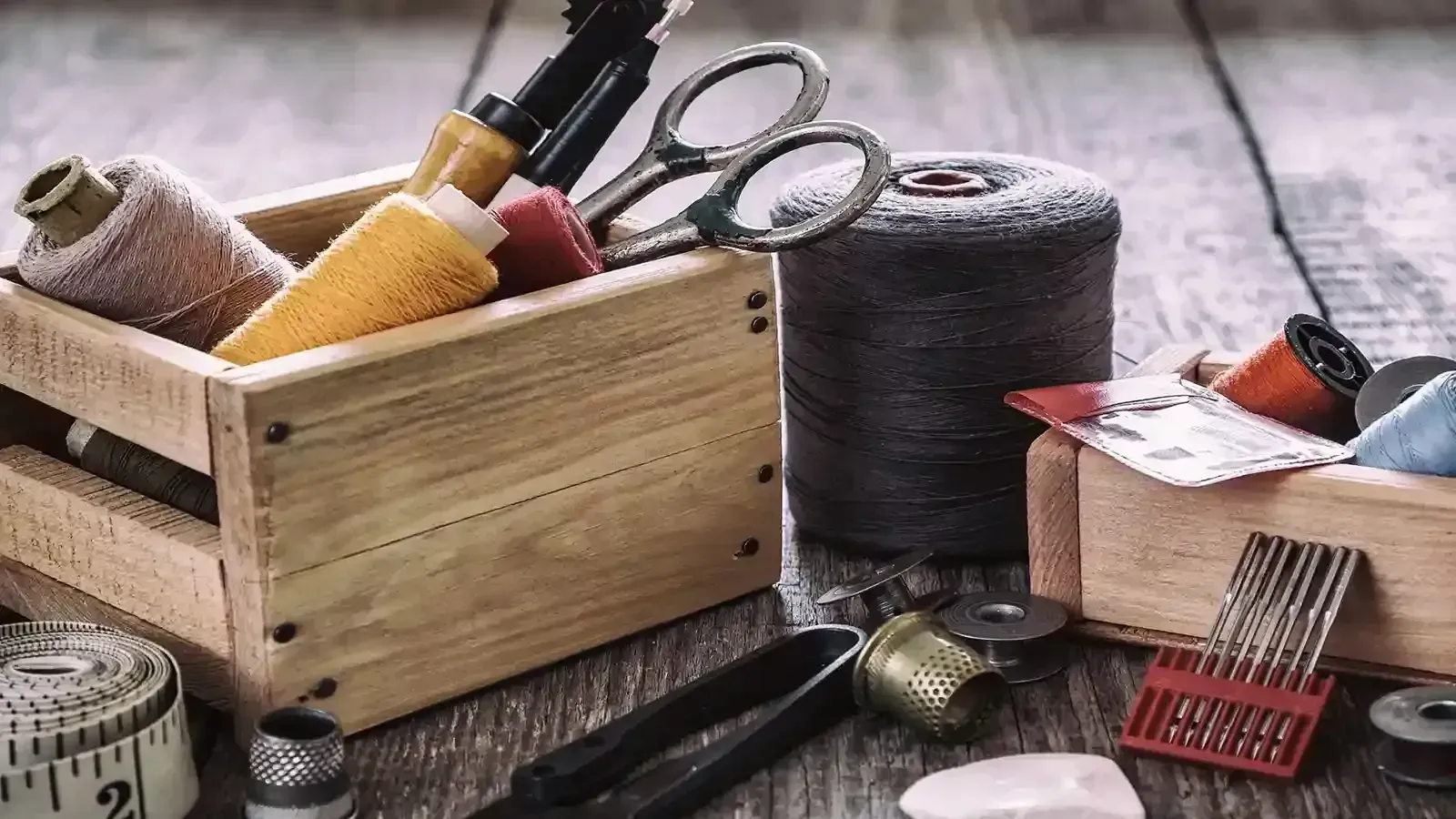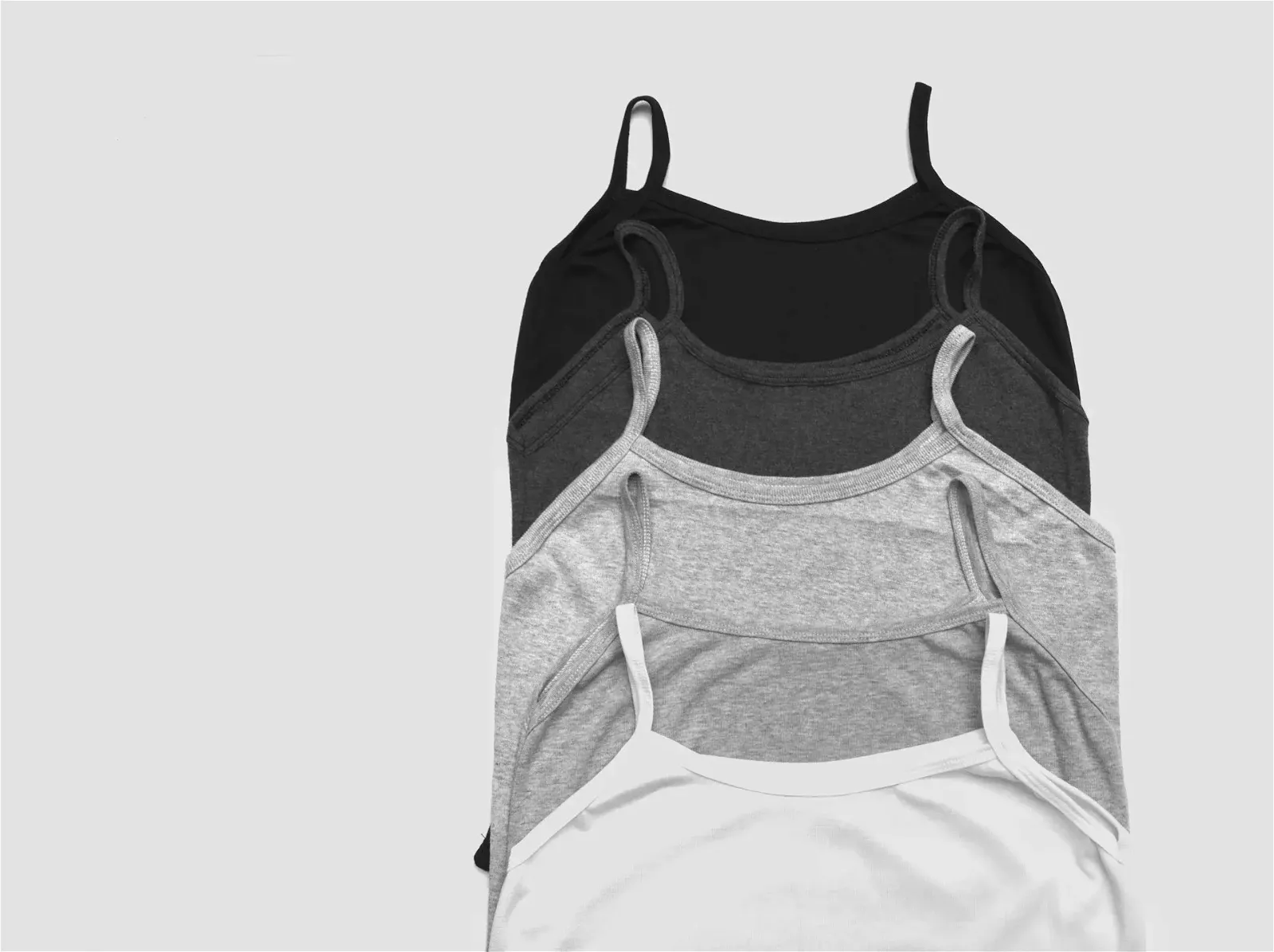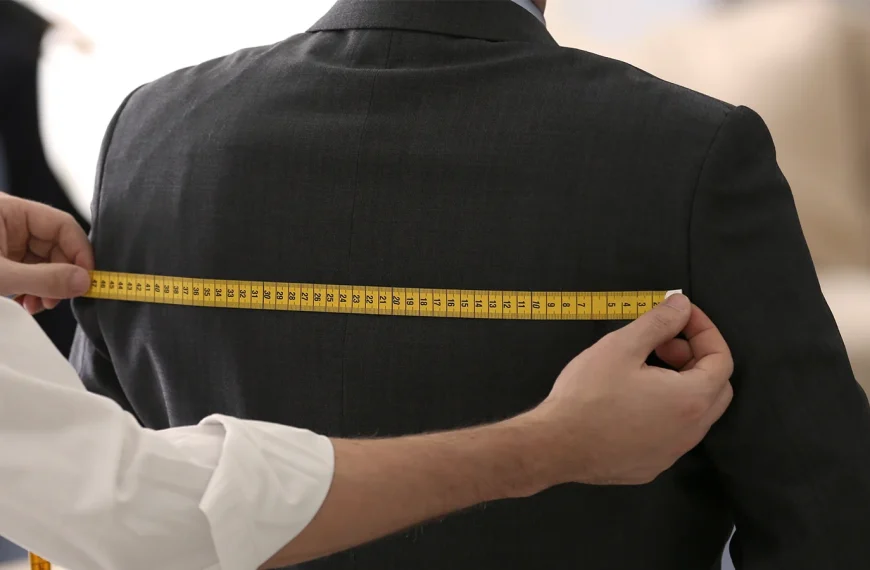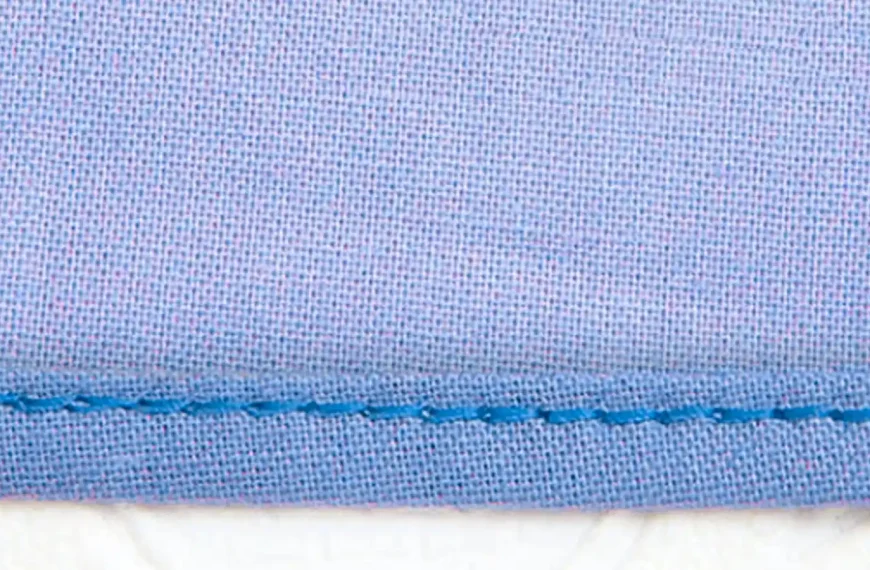Ever thought about what makes hand sewing efficient and enjoyable? It’s not just your skills, but also the tools you use. From the sharpness of your needle to the comfort of your thimble, each tool plays a critical role.
Having the right equipment can make all the difference between a frustrating ordeal and a satisfying creation. Let’s explore this further, shall we? There’s a lot more to these little tools than meets the eye.
Key Takeaways
-
Quality cutting tools like scissors and shears are essential for clean and precise cuts in sewing projects.
-
Choosing the right sewing needles and thread is important for strength and fabric suitability.
-
Tools like measuring tapes, rulers, and marking tools are used for precise measurements and markings.
-
Extra tools like needle threaders, seam rippers, steam irons, ironing boards, and self-healing cutting mats can enhance sewing and improve the final results.
Essential Hand Sewing Tools Needed

Before you start on any hand sewing project, it’s crucial to have the right tools at your disposal. The essentials include sharp scissors, an assortment of needles, threads, measuring tapes, rulers, and various marking tools. With these tools in your sewing kit, you’ll be prepared for any project easily and accurately.
Sharp Scissors or Shears
When starting any hand sewing project, it’s important to have sharp shears available. Accurate cutting of thread and fabric is essential for achieving precise and professional results. Your cutting edges should be clean and sharp to ensure neat clipping next to your work.
Here are four reasons why you need quality scissors as essential hand sewing tools:
-
Sharp scissors provide clean and accurate cuts, reducing fraying of fabric and thread.
-
Quality shears offer durability, ensuring your scissors stay sharper for longer.
-
Proper shears aid in maintaining the integrity of the fabric by not snagging or pulling threads.
-
A compact pair of sharp shears can make intricate cuts easier, enhancing the overall quality of your hand sewing projects.
Choose your scissors wisely: they’re a valuable addition to your toolkit.
Needles
The correct needle is crucial for achieving professional-looking stitches in hand sewing. The needle you use can significantly impact the quality of your stitching. Long needles like sharps and embroidery needles are the preferred choice for hand sewing.
Your needle size should be selected based on the weight of your fabric. For fine linens, opt for size 10–12 needles. For medium weight fabrics like silk, linen, cotton, or wool, choose size 9–11 needles. Lastly, very heavy wool materials require larger needles, specifically size 3-5.
Sewing Threads
Choose the right thread for your hand sewing project carefully. Natural fibers like linen and silk are often the best options because they are strong and durable. It’s essential to understand the properties of different thread types to make an informed choice.
Linen Thread: Known for its strength, linen thread matches well with heavier fabrics. Remember to coat it with beeswax to prevent fraying.
Silk Thread: Silk thread provides strength and a smooth finish, ideal for delicate fabrics and fine stitches.
Select your thread type based on your fabric weight and project requirements. Each thread type offers unique benefits.
Measuring Tapes and Rulers
The next step in your hand sewing project is to take accurate measurements. To do this, you will need measuring tapes and rulers. Measuring tapes adapt to the shape of your material and provide accurate measurements regardless of the project size. They come in various lengths, suiting your specific needs.
Rulers are essential for achieving straight edges and precision in our work. Having a ruler that includes accurate inch and centimeter markings is absolutely necessary. It makes measurements and alignments precise and accurate. Accurate measuring tools are essential for achieving precise and professional results in sewing. They guarantee your dimensions are correct, and your project follows the desired pattern.
Don’t forget the importance of measuring tapes and rulers in your hand sewing kit.
Marking Tools
Marking tools are essential for precise hand sewing. They help you accurately measure and mark your fabric. These essential tools can greatly enhance your sewing experience and the final result of your project.
Here are the four crucial marking tools you should consider:
-
Chalk Pencil: This sewing tool allows you to make visible, temporary marks that can be easily brushed off.
-
Water-Soluble Marker: Perfect for delicate fabrics, the marks made by this tool disappear when sprayed with water.
-
The Disappearing Ink Pen is a pen that makes marks that fade away over time or when exposed to air. This means that there will be no leftover marks on your finished piece.
-
Tailor’s Chalk: A traditional, reliable marking tool, it’s ideal for marking straight lines or large areas.
Optional Tools for Sewing Projects

There are also a few optional tools that can make your sewing projects easier and faster. Add glass-headed pins, rotary cutters, thimbles, needle threaders, and seam rippers to your toolkit.
Each of these can enhance your sewing process. These tools can offer precision and ease in different aspects of the craft.
Glass Headed Pins
Glass-headed pins are a helpful tool for hand sewing because they are easy to see and handle. These pins are colorful and enhance your sewing experience. They are also heat-resistant, which makes them perfect for projects that involve ironing.
Consider the following benefits of using glass head pins in your sewing projects:
-
Visibility: It is easy to spot on any fabric.
-
Ease of handling: It provides a good grip, making it simple to insert and remove.
-
Color coding: The variety of colors can be used for different parts of a project.
-
Heat resistance: They can safely be ironed over without melting or damaging the pin.
Rotary Cutters
Rotary cutters are a great tool for precise and easy fabric cutting for sewing projects. Rotary cutters create smooth cuts in one easy motion, unlike scissors, which can leave uneven edges.
These cutters are very useful for quilt projects. They can cut through many layers of fabric at once, giving consistent and precise cuts every time.
Investing in a good rotary cutter can significantly increase your efficiency.
Thimbles
Just as rotary cutters enhance your fabric cutting efficiency, thimbles serve as a valuable optional tool for your sewing projects. They secure your finger, providing a shield between the sharp needle and your skin. This protection is key when pushing needles through tough fabric, preventing pricks and painful calluses.
Choosing the right thimble is important. Consider these factors:
-
Material: Thimbles come in various materials, including metal, leather, and plastic.
-
Features: Look for thimbles with dimples or ridges.
-
Durability: Traditional metal thimbles are sturdy, perfect for extended sewing sessions.
-
Fit: A well-fitted thimble enhances sewing efficiency and accuracy.
Incorporate a thimble into your toolkit to ensure an enjoyable, injury-free sewing experience.
Needle Threaders
A needle threader helps thread needles, which is especially helpful if you struggle with your hands or have poor eyesight. These handy tools, often overlooked, simplify the task of threading needles. They usually have a thin wire loop to help you thread the needle.
It’s a time-saving device that can enhance your sewing experience. Plus, needle threaders are small, portable tools that you can conveniently carry for sewing on the go. Thimbles come in various styles, such as standalone, attached to sewing kits, or integrated into sewing machines.
Seam Rippers
You’ll often need a seam ripper, a tool in your sewing kit for undoing stitches without damaging the fabric. This handy tool is a lifesaver when you need to correct mistakes or make alterations to your sewing projects.
Here’s why your sewing toolkit isn’t complete without a seam ripper:
-
Its sharp blade cuts through stitches with ease.
-
It’s available in various shapes and sizes to accommodate different stitches.
-
It ensures precision, allowing you to remove specific stitches without harming the fabric.
-
It’s a time-saver, making the process of undoing stitches efficient.
Steam Iron
A steam iron can help you remove stubborn wrinkles and creases from fabrics. The adjustable temperature settings are designed to accommodate various types of fabrics. For achieving crisp seams or precise folds, it’s your go-to tool.
Beyond just garments, it’s versatile enough for quilting, crafting, and other fabric creations. A high quality iron can significantly enhance the appearance of your projects.
Ironing Board
An ironing board is important for ironing fabric during sewing projects, providing a flat, stable surface for creating neat seams. It’s more than just an accompaniment to your iron: it’s a tool in its own right.
Here are a few things to consider when selecting your ironing board:
-
Choose a board with a strong, durable frame that remains stable during use.
-
The surface should be smooth and heat-resistant for efficient ironing.
-
Look for a board with adjustable height settings for personalized comfort.
-
Some ironing boards come with added features like iron rests or storage shelves.
Self Healing Cutting Mat
Now let’s talk about another useful tool: the self-healing cutting mat. This durable surface is perfect for protecting your workspace when using a rotary cutter. The magic lies in its self-healing property, which withstands cuts and shields the underlying surface from damage.
These mats come in different sizes and are perfect for precise cutting. They have clear grid lines that make it easy to measure accurately and cut at the right angles. Investing in a self-healing cutting mat can make your cutting tools last longer and provide a stable surface for sewing projects.
It’s a great asset for any sewing enthusiast.
Conclusion
So, there you have it. With these essential and optional tools in your sewing kit, you’re well-equipped to tackle any hand sewing project. Remember, it’s not just about having the right tools, but mastering their use.
Practice makes perfect, so keep at it. And most importantly, enjoy the process. Happy sewing!
Learn more sewing tips on Longan Craft Blog! Dive into the fabric world with Longancraft!






